PRECIPITATION
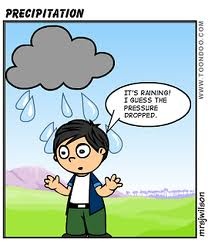
Our atmosphere is a great gaseous explanation. It carries water vapour in it. Occasionally, these water vapor condense. They turn into heavy and fall out of atmosphere on the earth. This fact is called precipitation. Precipitation always takes place in clouds, but the majority clouds do not form precipitation. The atmosphere is rich in dirt and other particles. Water droplets collect around these particles and become noticeable to the naked eye. Clouds are also formed in the equal way. The formation of clouds is the evidence of reduction processes in atmosphere. Often, water droplets in clouds freeze forming ice crystals. There are three main types of clouds: (i) Cirriform Clouds (ii) Stratiform Clouds (iii) and Cumuliform Clouds. They are similar sufficient to each other but there are many differences also. Often, clouds form as one type. Later, they change into another.
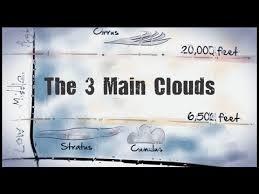
TYPES OF PRECIPITATION. Water vapour condense forming ice crystals and water droplets.
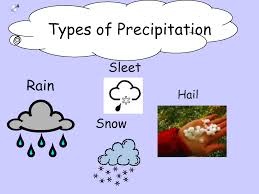
They can take on a variety of forms before they fall to the earth as precipitation. Therefore, we have dissimilar forms of precipitation that are:
(1) Rain (2) Hail (3) Freezing Rain (4) Sleet (5) Virga (6) Snow
RAIN. Little clouds droplets collide to form bigger droplets. This keeps happening till the droplets are too profound for the air to support them. The droplets then begin to fall. They collide with more cloud droplets and increase in size. Eventually, they fall to the ground as rain.

HAIL. Hail is linked with very strong rumble storms. Strong wind pushes water drops upward. They reach to heights where temperature is blow freezing. This will eventually effect in a frozen mass of water called hailstone. They collide with other drops and grow better. The upward wind causes the hailstone to rise and gravity pulls it downwards. During this, the hailstone picks more moisture and grows in size. Eventually, it becomes too heavy and falls to the ground.
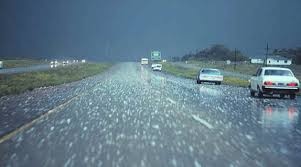
FREEZING RAIN. Freezing rain is the most unsafe type of precipitation. It does not differ extensively from the normal rain. The layer of air in contact with the earth, sometimes, reaches below zero temperature. The objects in contact with this air also have the same temperature. Super-cool water droplets solidify when they fall on this area of earth or on the objects there. This can cause problems with ice-forming on roadways while it is raining.
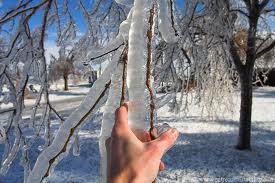
SLEET. Sometimes, falling raindrops pass through a very cold layer of air just before hitting the surface. They freeze into small ice balls. These small ice balls are called Sleet. Sleet reaches the earth only in winter. Sleet usually does not last very long. It can be dangerous as cars may slip over this thin layer of ice.
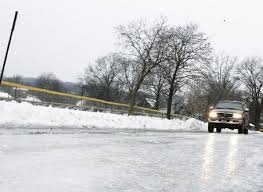
VIRGA. Virga is also a kind of precipitation but in this kind the water vapour do not reach the surface of the earth. The raindrops evaporate before hitting the ground. This is usually associated with rain falling through a dry and hot layer of the atmosphere.
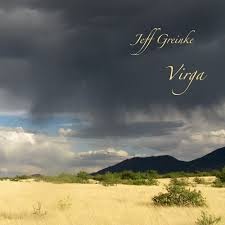
SNOW. Snow forms when the temperature of air from the earth surface up to the clouds is below freezing point. Water vapour change directly to solid in the form of flakes. These flakes fall to the earth in the form of snow without changing their shape. In countries where there is heavy snowfall, houses are built with steep roofs so that they may not collapse due to the heavy weight of snow. There has been so much heavy snowfall reported that entire houses and colonies have been buried under it. This type of rain can totally idle the whole society.
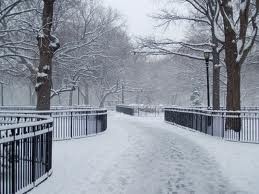
With Regards.
Sharafat Sheikh
Blogger: FilmAnnex.



